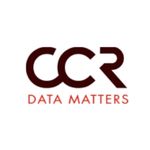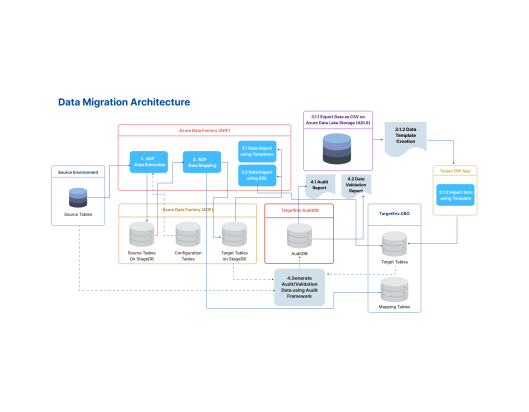
Secure Data Migration Journey For A Leading Construction Company
- Technology : Microsoft SQL Server, Azure Data Factory
- Industry : Construction and Development
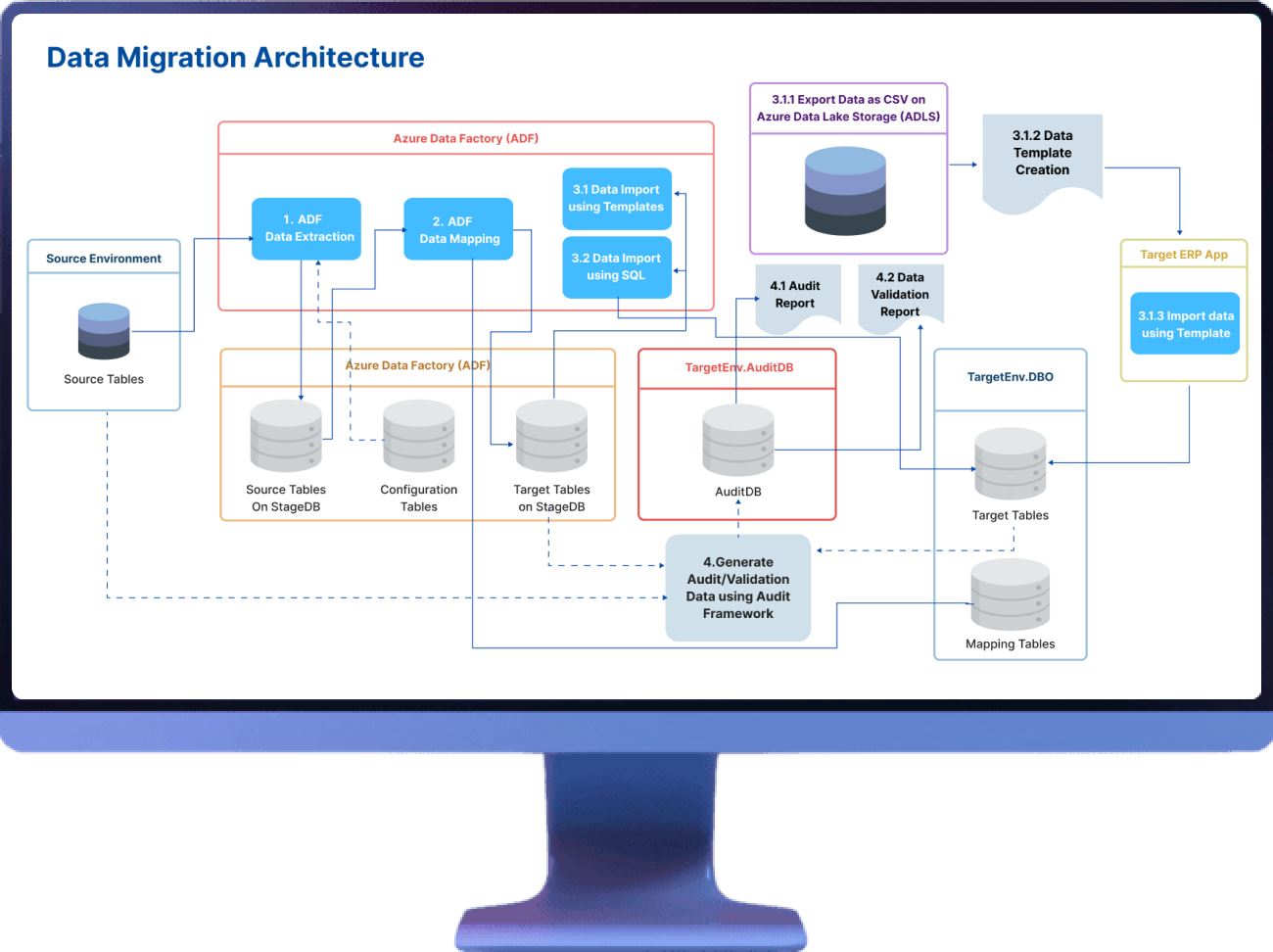
About Client
Our client, a leading construction company based in Canada, has been at the forefront of managing large-scale construction projects for various customers across the country. As the construction industry evolves with the increasing adoption of digital technologies, our client recognized the need to modernize their operations to stay competitive and efficient. This led them to embark on a strategic initiative to migrate their data from a legacy on-premises ERP system to a more agile and scalable cloud-based ERP platform.
Business Objectives:
The primary objective of this data migration project was to seamlessly transfer construction-related data from the client’s on-premises ERP system to a modern, cloud-based ERP platform. This migration was essential for enabling the client to leverage the scalability, accessibility, and advanced analytics capabilities of the cloud, ensuring that their operations remained agile and competitive in an increasingly digital landscape.
To achieve this, our team utilized Azure Data Factory (ADF) to orchestrate the migration process. This involved carefully mapping the source data to the corresponding structures in the target cloud-based ERP database. Ensuring data integrity and accuracy during this mapping was critical, as the construction data encompassed complex project details, financial records, and customer information—all of which needed to be transferred without loss or distortion.
One of the key challenges we faced was maintaining the consistency and reliability of the data throughout the migration process.
Through meticulous planning, testing, and execution, we successfully navigated these challenges, ensuring that the data migration was completed on time and without impacting the client’s day-to-day operations. Our approach not only minimized risks but also set the stage for the client to enjoy the benefits of their new cloud-based ERP system.
Solution
Data Extraction with Azure Data Factory (ADF): The migration process began with the extraction of data from the source on-premises ERP database using Azure Data Factory (ADF). Configuration tables in the target environment specified the extraction parameters and rules, ensuring precise and tailored data extraction. The extracted data was temporarily stored in the StageDB schema within the target cloud environment.
Data Mapping and Transformation: Once the data was staged in the StageDB schema, we applied mappings using predefined mapping tables in the target system. These tables translated source data values to their corresponding target values, ensuring consistent and accurate data representation. After mapping, the data underwent transformation processes and was then loaded into the actual target tables of the cloud-based ERP.
Data Import Using Templates: For specific data sets, we utilized templates within the ERP system. Mapped data was converted into CSV files, which were then uploaded into the ERP system. These templates facilitated the automated population of the relevant tables, streamlining the migration process.
Configuration and Mapping Tables: We employed configuration tables to guide the data extraction and migration process, as well as dashboard configurations in the target environment. Mapping tables were used to store and manage the relationships between source and target data values, ensuring accurate translation during migration.
- Data Migration Workflow
1.Extract Data: Data was extracted from the source ERP database into the StageDB schema in the target environment, following configurations in the configuration tables.
2.Stage Data: The StageDB schema served as an intermediary, holding the data before mappings were applied.
3.Apply Mappings: Source values were translated into target values using the mapping tables in the target system.
4.Populate Target Tables: The mapped and transformed data was loaded into the target tables, completing the migration process.
- Key Considerations
Error Handling and Logging: Robust error handling and logging mechanisms were implemented to ensure data integrity. These tools allowed for quick identification and resolution of issues, minimizing potential downtime.
Performance Optimization: The migration process was optimized through parallel processing in ADF, enabling efficient handling of large data volumes. Indexing and partitioning strategies were also employed to enhance query performance in both the StageDB and target tables.
Security and Compliance: Data security was paramount throughout the migration. Data was encrypted both during transfer and at rest, adhering to industry standards and compliance requirements, including GDPR, to safeguard sensitive information.
Continuous Monitoring:A real-time monitoring system was established to track the progress of the migration. Alerts and notifications were configured to promptly inform the team of any issues to ensure timely interventions.
- Construction Data KPIs and Modules
- Accounts Payable: Managing vendor invoices and payments.
- Accounts Receivable: Handling customer invoices and collections.
- Equipment Management: Tracking equipment usage, maintenance, and costs.
- Job Cost: Monitoring project costs and budgets.
- Cost Management: Controlling and reporting on costs associated with construction projects.
- General Ledger: Maintaining the financial records of the organization.
- Validation and Auditing
- Dashboards: We developed dashboards to display both summary and detailed views of different modules. These dashboards provided real-time insights into the migration progress and data integrity.
- Stored Procedures: Audit stored procedures in the AuditDB schema ensured comprehensive auditing of the data migration process.
- Report Comparison: Another validation method involved comparing reports from the source ERP system with those generated in the target ERP system. This ensured that the data migration was accurate and complete.
Results
Enhanced Data Security: Ensuring data security was our top priority during the migration. By adhering to industry standards like GDPR, we implemented a robust security framework that assured the client their data remained secure at every stage of the process, providing them with complete peace of mind.
Successful Data Migration: Utilizing Azure Data Factory and a well-defined data mapping process, we successfully migrated all construction-related data from the on-premises ERP to the cloud-based environment. The migration preserved data integrity and accuracy.
Improved Operational Efficiency: By transitioning to a cloud-based ERP system, the client now benefits from enhanced scalability, accessibility, and the ability to leverage advanced analytics. The modernized infrastructure supports more efficient project management and financial oversight, aligning with the client’s overall objectives.
Comprehensive Validation and Audit Trails: We implemented detailed validation and auditing mechanisms, including dashboards and report comparisons, to ensure the accuracy of the migration. These tools provided real-time insights and allowed for immediate issue resolution.
Strategic Planning and Execution:The success of this project was largely due to thorough planning and the use of advanced tools and techniques. The migration process was carefully staged, with minimal downtime and disruption to the client’s operations.
Connect With Us To Leverage Data For Insights And Intelligence
Crafting Data Success Stories
Secure Data Migration Journey For A Leading Construction Company

QlikView To Microsoft Power BI Migration
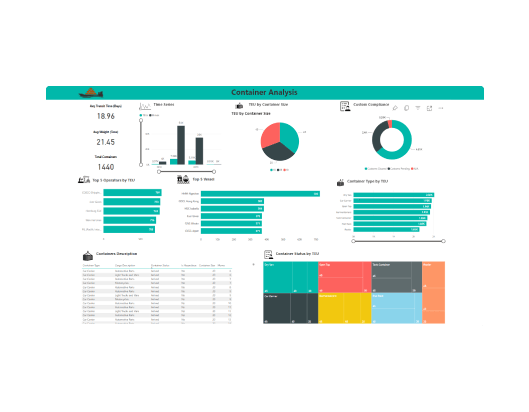
Comprehensive Healthcare Survey Application with Omni-Channel Capabilities
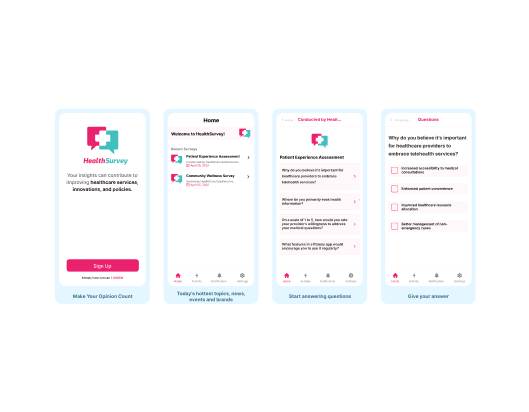
Our Source of Motivation


